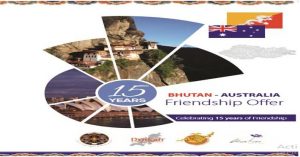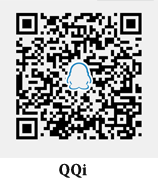The Jambay Lhakhang, situated in Bumthang and en route to the Kurjie Lhakhang, is the venue for Bhutan’s Naked Festival. A quick ten-minute drive from Chamkhar town leads to this ancient temple, one of Bhutan’s oldest.
Dating back to the 7th century AD, this temple was established by Songtsen Gampo, a Tibetan King. Legend has it that the king aimed to construct 108 temples known as Thadhul-Yangdhul in a day to pacify a residing demoness in the Himalayas. Jambay Lhakhang is one of only two of these 108 temples in Bhutan, with the second being Kichu Lhakhang in Paro, both built on the same auspicious day.
Guru Rimpoche, a revered figure, visited the site numerous times, acknowledging its profound sanctity. In the 8th century AD, Chakhar Gyab, the king of Bumthang’s Iron Castle, renovated the temple.
The temple’s history further includes the construction of the Dus Kyi Khorlo (Kala Chakra – Wheel of Time) by the first king of Bhutan, Gongsa Ugyen Wangchuck. This was in commemoration of his victory over rivals Phuntsho Dorji of Punakha and Alu Dorji of Thimphu following the battle of Changlimithang in 1885. Additionally, Ashi Wangmo, the younger sister of Bhutan’s second king, erected the Chorten Lhakhang.
Among its prized relics is the statue of the future Buddha, Jowo Jampa (Maitreya), which lends its name to the present temple. Moreover, more than one hundred statues of the gods of Kalachakra, crafted by the first king in 1887, grace the Lhakhang.
Hosting the mesmerizing Jambay Lhakhang Drup, a five-day festival (verify dates with your tour operator), this temple is a focal point. The festival’s pinnacle is the evening fire ritual, drawing crowds who gather to witness the captivating and ritualistic naked dance.
Tentative Dates:





